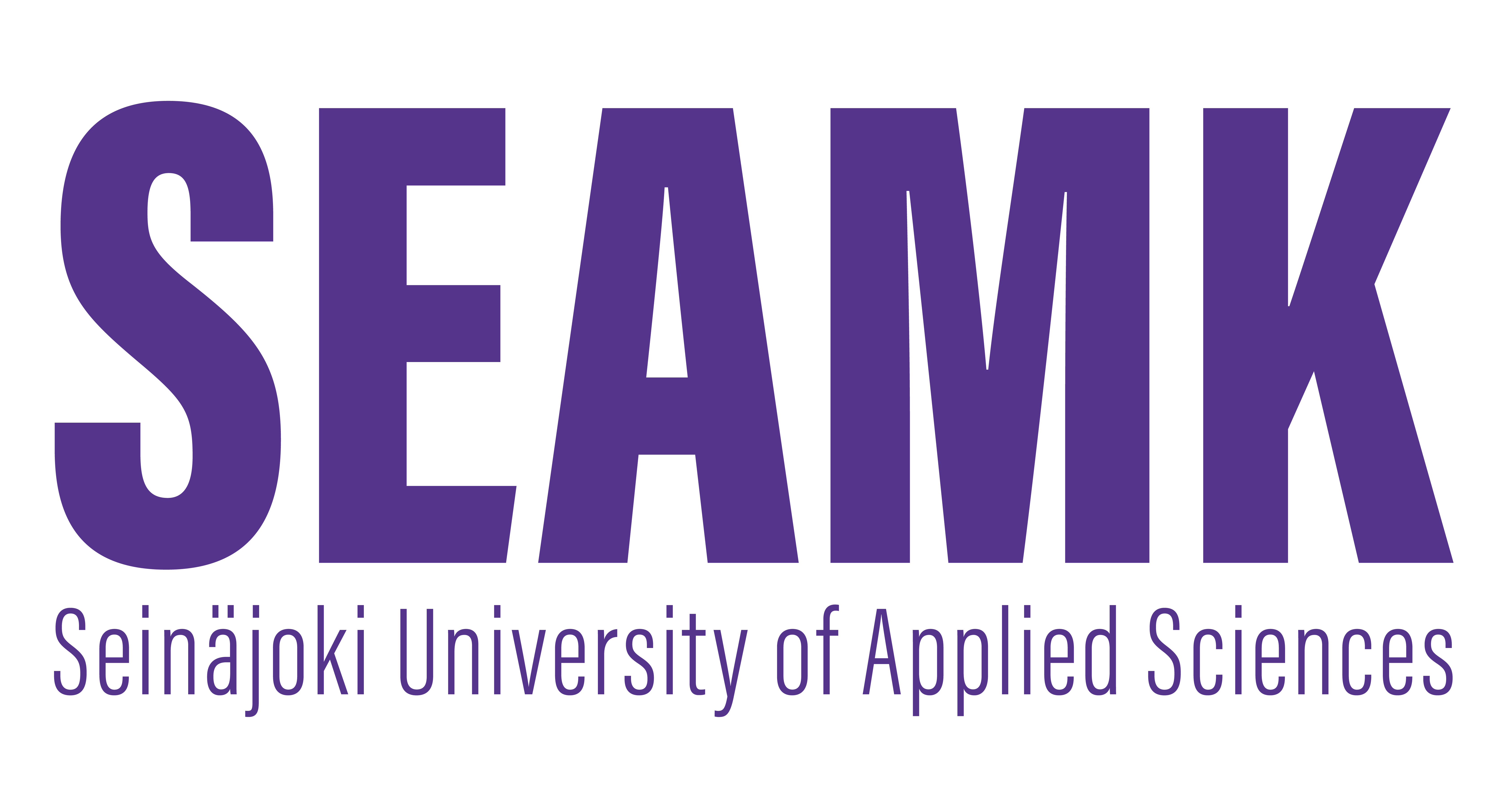Information seeking for research and development (1cr)
Code: KMPTHS-3001
General information
- Enrollment
- 02.08.2017 - 30.10.2017
- Registration for the implementation has ended.
- Timing
- 30.10.2017 - 15.12.2017
- Implementation has ended.
- Number of ECTS credits allocated
- 1 cr
- Local portion
- 1 cr
- Mode of delivery
- Contact learning
- Teaching languages
- Finnish
- Degree programmes
- Bachelor of Culture and Arts, Cultural Management
- Teachers
- Leena Elenius
- Scheduling groups
- Pienryhmä 1 (Size: 0 . Open UAS : 0.)
- Pienryhmä 2 (Size: 0 . Open UAS : 0.)
- Small groups
- Pienryhmä 1
- Pienryhmä 2
- Course
- KMPTHS
Evaluation scale
1-5
Objective
The student will
- learn to analyse their topic and the related information needs
- know how to describe their research or development topic, using appropriate concepts and keywords analysed hierarchically
- learn to name important producers of research knowledge in their field
- know how to use national and international sources of research knowledge (databases, Web-based services)
- learn to evaluate information
- use information in an ethically correct way
- become familiar with tools of keeping abreast of new information and learn to use them
Content
- Information seeking as part of professional competence and research and development competence
- The information seeking process for the student's final thesis
- Important national and international databases in cultural management
- Evaluating the quality of information sources
- Application of the instructions of SEAMK for written assignments (referencing)
- Keeping up-to-date with new information
Materials
Seinäjoki Academic Library websites and other web resources and online material
Teaching methods
Lectures, workshops, assignments
Employer connections
Does not include any practising periods.
Student workload
26 h
Assessment criteria, satisfactory (1)
Fair (1-2):
The student is able to analyse their need for information. The student is able to name some of the key concepts related to their topic
- The student is able to name applicable professional sources of information
- The student is able to use databases and the Internet. The student is able to assess search results.
- The student is able to interpret databases and web pages and to to apply the fundamentals of the Instruction for Written Work of SeAMK to their assignments
Assessment criteria, good (3)
Good (3-4):
- The student is able to analyse their need for infórmation from different perspectives. The student is able to name concepts related to their topic and structure them.
- The student is able to name and choose professional and scientific sources applicable to their need for information
- The student is able to use databases and the Internet as well as to utilise other other data sources of the cultural field. The student is able to assess search results.
- The student is able to interpret databases and web pages and to to apply the Instruction for Written Work of SeAMK to their assignments
Assessment criteria, excellent (5)
Excellent (5):
- The student is able to analyse their need for infórmation from different perspectives. The student is able to name concepts related to their topic and structure them in diverse ways.
- The student is able to extensively name and choose professional and scientific sources applicable to their need for information
- The student is able to use databases and the Internet as well as to utilise other other data sources of the cultural field in a diverse and applied way. The student is able to assess search results profoundly and critically.
- The student is able to interpret databases and web pages and to to apply the Instructions for Written Work of SeAMK to their assignments with skill
Qualifications
Information seeking 1
Recommendation: The student has already selected a topic for their final thesis
Further information
Opintojaksolla on kytkentä opiskelijan omaan opinnäyteprosessiin. (Opinnäytetyön aiheen ideointi ja jäsentäminen, tiedonhankinta, löydetyn aineiston sisältöarviointi ja lähdeluettelon laatiminen).
